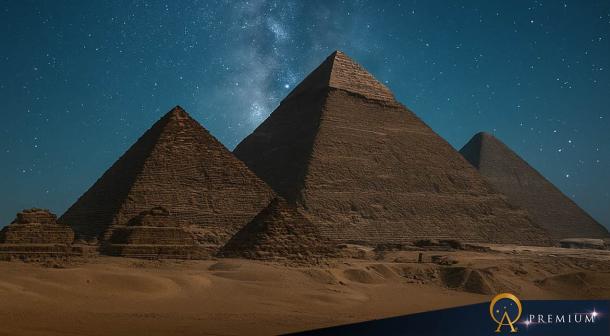🔴 Website 👉 https://u-s-news.com/
Telegram 👉 https://t.me/usnewscom_channel
Stone as the First Hard Drive
Across the world, ancient civilizations raised monuments of bewildering scale and precision. Pyramids, ziggurats, megaliths, earthen mounds and vast stone circles — these structures required staggering effort to build, yet endured long after the societies that built them faded. Archaeologists have long labeled them tombs, temples, or ritual centers, and they may be those.
But what if they were something more?
What if these massive works were persistence systems — deliberate attempts to encode cultural memory into the only medium capable of withstanding millennia: stone?
Seen this way, alignments with solstices, carvings of animals and symbols, and geometric perfection weren’t just religious or political expressions. They were layers of durable information — civilization’s way of telling both the substrate of reality and future generations: “We endured. We mattered. Remember us.”
Alignments as a Language
Giza Pyramids aligned with Orion’s Belt, long interpreted as a signal carved in stone to mirror the stars. Hypnôs, CC BY-SA 4.0 <https://creativecommons.org/licenses/by-sa/4.0>, via Wikimedia Commons
